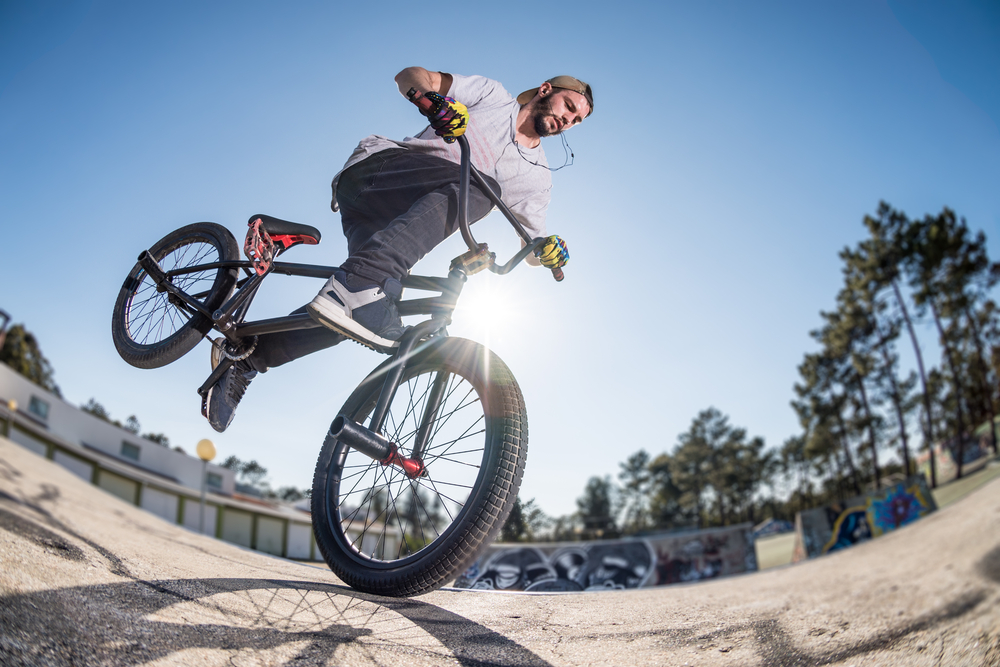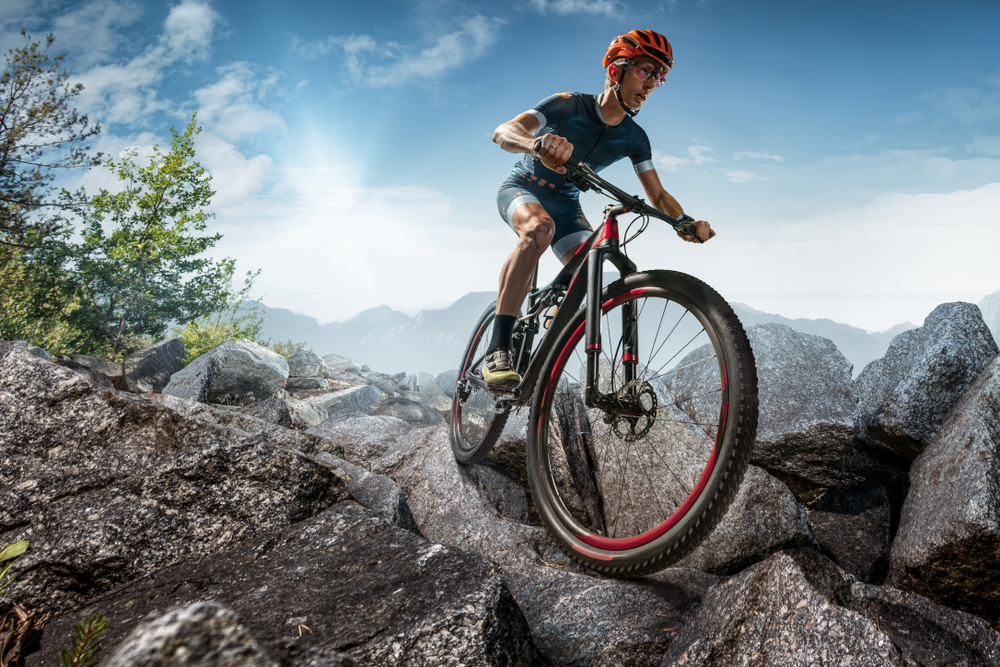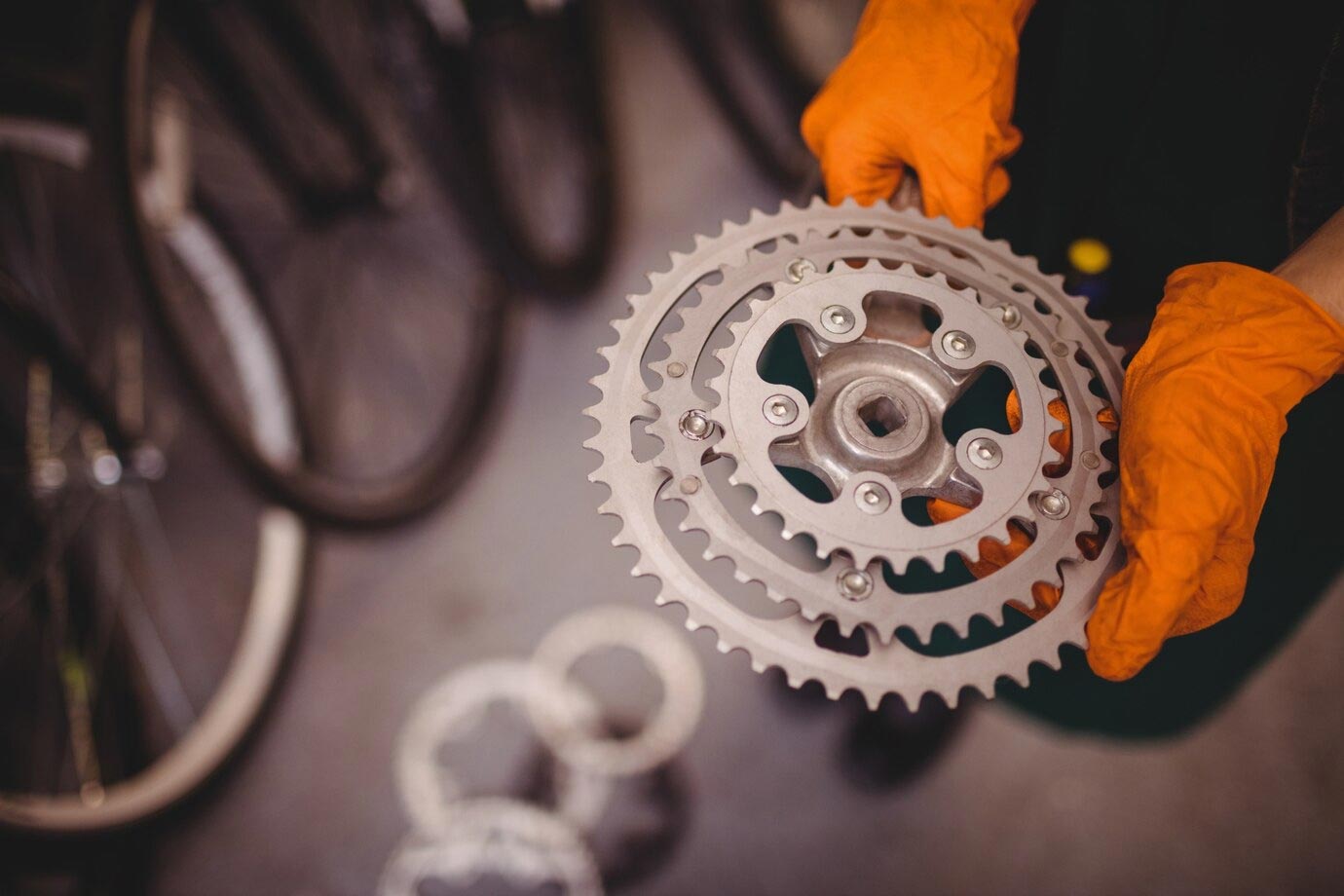Detailed guide to types of cycles: from road bikes to trikes. Learn about each bike’s features & uses. Choose your ideal cycle today!
Types of Cycles

Cycles have been part of human life for centuries, evolving with technology and societal needs. There are various types of cycles, each suited to different terrains, purposes, and rider preferences. Understanding the different cycles available can help in choosing the right one for your needs.
Road Cycles
Road cycles are designed for fast travel on paved surfaces. They have thin tires and lightweight frames to enhance speed and efficiency. These cycles often have drop handlebars, allowing the rider to adopt a more aerodynamic position.
- Racing Bikes: Built for speed, racing bikes feature the lightest materials and precise components. They are used in competitions.
- Endurance Bikes: These are designed for comfort on long rides. They have a more relaxed geometry and slightly wider tires.
- Time Trial Bikes: These bikes have an aerodynamic design intended for time-trial races. They often have specialized handlebars and wheels.
Mountain Cycles
Mountain cycles are built to handle rough terrains, including trails, rocks, and dirt paths. They are robust, with features that enhance control and durability.
- Cross Country (XC) Bikes: These are lightweight bikes built for speed and endurance on moderate trails.
- Trail Bikes: Versatile bikes designed for a wide range of mountain riding conditions.
- Downhill Bikes: Heavy-duty bikes built for descending steep, technical trails at high speed.
- Fat Bikes: These have extra-wide tires, ideal for riding on soft surfaces like sand or snow.
Hybrid Cycles
Hybrid cycles combine features of road and mountain bikes. They provide comfort and versatility for both paved and unpaved surfaces. Their relaxed frame geometry and medium-width tires offer a balance between speed and stability.
- Commuter Bikes: Built for daily commuting, these bikes are equipped with features like fenders, racks, and lights.
- Fitness Bikes: Designed for exercise and general fitness, these bikes have a lightweight frame and efficient components.
Touring Cycles
Touring cycles are designed for long-distance travel. They are built to carry heavy loads and offer comfort over extended periods. They typically have sturdy frames, multiple mounting points for gear, and wider tires for stability.
Cyclocross Cycles
These bikes are designed for cyclocross racing, which involves a mix of on- and off-road riding. They are similar to road bikes but have wider tires and more clearance for mud. Cyclocross cycles often feature disc brakes for better stopping power under muddy conditions.
BMX Cycles
BMX cycles are small, sturdy bikes used for stunt riding and racing. They have a compact frame and a single gear. BMX stands for Bicycle Motocross, a sport that involves various tricks and jumps.
- Freestyle BMX: Built for performing tricks in skateparks or street environments. They have strong frames and componentry.
- Race BMX: These are lightweight bikes designed for BMX racing on dirt tracks.
Foldable Cycles
Foldable cycles are designed for convenience and portability. They can be folded into a compact size for easy transport and storage, making them ideal for city dwellers and commuters who use public transportation.
Recumbent Cycles
Recumbent cycles allow riders to sit in a reclined position. They provide a different riding experience, often more comfortable for people with back issues. They come in two- and three-wheeled versions and are used for both casual riding and long-distance touring.
Electric Cycles
Electric cycles, or e-bikes, have an integrated electric motor that can assist with pedaling. These bikes make cycling more accessible to people of all fitness levels and can be a great option for long commutes or hilly terrains.
- Pedelecs: These bikes provide assistance only when the rider is pedaling, making them great for conventional cycling with added help.
- Throttle E-Bikes: These e-bikes can be powered entirely by the motor without pedaling, similar to a scooter.
Tandem Cycles
Tandem cycles allow two riders to pedal together on the same bike. They come in various designs, including road, mountain, and cruiser styles. Tandem bikes are great for couples or friends who want to share the cycling experience.
Fixed Gear Cycles
Fixed gear cycles, or fixies, have a single gear that does not freewheel. This means the pedals are always in motion when the bike is moving. Fixies provide a direct connection to the bike and are popular for their simplicity and efficiency.
Tricycles
Tricycles, or trikes, have three wheels and offer more stability than traditional bicycles. They come in several forms and are used for various purposes, including casual riding and carrying heavy loads.
- Adult Tricycles: Designed for adults who need extra stability or have balance issues.
- Cargo Tricycles: These trikes are built to carry goods, featuring large cargo areas.
Hand Cycles
Hand cycles are powered by hand cranking rather than foot pedaling. They are often used by people with lower-body disabilities and come in both recreational and competitive designs.
Triathlon Cycles
Triathlon cycles are designed for triathletes. They focus on aerodynamics and efficiency, offering features like aerodynamic handlebars and frames. These bikes prioritize performance under the specific demands of a triathlon.
Gravel Cycles
Gravel cycles are built for versatility on multiple surfaces, from paved roads to gravel trails. They feature wider tires and more relaxed geometry compared to road bikes, providing comfort and stability on rougher terrain.
Kids’ Cycles
Kids’ cycles come in various sizes and designs aimed at young riders. They often include training wheels for beginners and gradually evolve to more complex designs as the child grows and gains experience.

